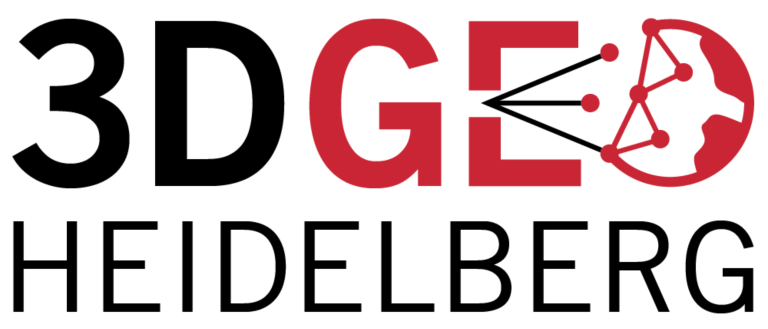Category: OSM
-
Paper on OSMlanduse.org at AGIT
The programme of the AGIT Symposium 2017 in Salzburg is online now and it includes a first paper about the work at GIScience Heidelberg on OSMlanduse.org. It will be presented 6 July in the afternoon at AGIT Salzburg. The talk is entitled “OSMLanduse Version 1” while the full titel of the paper is: Voß, J.,…
-
GIScience support for Crowdsourced Damage Assessment project at Stanford University
In the aftermath of natural disasters an assessment of the impact and damage in the affected area is crucial to enable coordination of response and recovery. While the disaster preparedness and response activations by the Humanitarian OpenStreetMap Team in regard to infrastructure mapping have already proven great potential in various disaster events, due to a…
-
DGPF Annual Meeting 2017 – Three presentations from GIScience Heidelberg
At the Annual Meeting 2017 of the DGPF (German Society for Photogrammetry, Remote Sensing and Geoinformation) GIScience Heidelberg will contribute three talks on 9 March 2017. Citizen Science in Schulen: Entwicklung von 3D-MicroMapping zur Klassifikation von 3D-Punktwolken (Research Project: 3D-MAPP) The Heidelberg LiDAR Operations Simulator HELIOS as a Supporting Tool for Capturing and Preserving Cultural…
-
DeepVGI: Deep Learning with Volunteered Geographic Information
Deep learning techniques, esp. Convolutional Neural Networks (CNNs), are now widely studied for predictive analytics with remote sensing images, which can be further applied in different domains for ground object detection, population mapping, etc. These methods usually train predicting models with the supervision of a large set of training examples. However, finding ground truths especially…
-
CAP4Access Comes to a Close
On Tuesday 17th January, the CAP4Access/MyAccessible.EU came to a close after three years with the successful completion of the final European Commission review meeting in Brussels. Reviewers were highly pleased with the outcomes of the project, both on the technical and societal fronts. At GIScience in Heidelberg, through the EC FP7 project we have extended…
-
Why is it routing this way?
When using routing services that rely on OpenStreetMap data, the route engine might suggest you a path that seems to be longer than the shortest possible route you could identify on the map. The main reason behind this are either a lack of data completeness in OSM (for certain data attributes/ for certain regions) or…
-
Intrinsic quality assessment of building footprints data on OpenStreetMap
Recently some of our work on intrinsic VGI quality analysis has been published. In this work we propose a framework to assess the quality of OSM building footprints data without using any reference data. More specifically, the OSM history data will be examined regarding the development of attributes, geometries and positions of building footprints. In…
-
GIScience Research Group support for Humanitarian OpenStreetMap team Fundraising Campaign
One main focus of the GIScience Research Group is the research and education with respect to advancing methods, technologies and applications of Volunteered Geographic Information – in particular OpenStreetMap – for applications from logistics to humanitarian aid. In this vein, the group has been also been supporting the work of the Humanitarian OpenStreetMap (HOT) team…
-
The Tasks of the Crowd: A Typology of Tasks in Geographic Information Crowdsourcing and a Case Study in Humanitarian Mapping
In the past few years, volunteers have produced geographic information of different kinds, using a variety of different crowdsourcing platforms, within a broad range of contexts. However, there is still a lack of clarity about the specific types of tasks that volunteers can perform for deriving geographic information from remotely sensed imagery, and how the…
-
New HistOSM 2 released
For all people who are interested in historic features of the OpenStreetMap dataset a complete new worldwide map service has been published. It is extending the original old HistOSM (*) from 2009 considerably. http://histosm.org/ As of October 2016 you can find 638.284 objects that were tagged ‘historic’ all over the world. The range of object…


